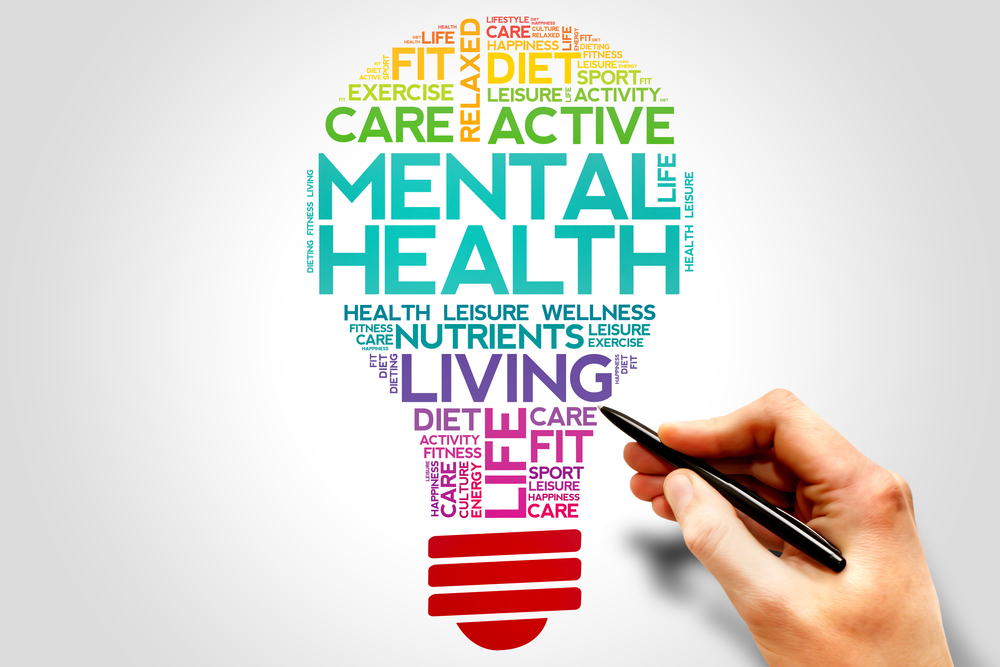Blog/Video #10
When did health get mental? About a hundred years ago, Sigmund Freud, a doctor in Vienna, first suggested that the physical problems of his patients might have something to do with their emotions or psyche. As a result, he started something called the ‘talking cure’, which was novel to doctors at the time. The idea that you could just talk to people and they would recover from their physical problems was revolutionary. This gave rise to the science of psychology and from that we have the popular idea of mental health. But what does it mean?
The difficulty here is that we are used to the idea of health as stemming from our bodies, which is something we understand. However, when that idea doesn’t work for us anymore, such as when we don’t get well through conventional medical methods, we need a new idea. In physical healthcare, when it doesn’t work, patients are labelled as having Medically Unexplained Symptoms (or MUS). An extension of this is what we now call mental healthcare, but is it really any different from a problem in the body which we don’t know the cause of?
How can we have poor health in our mind if we don’t really have a physical thing called a mind? It is quite possible that one of the reasons why mental healthcare is so ineffective, compared with normal physical healthcare problems, is that we are confusing ourselves with the way we think about the problem in the first place. If we don’t understand the problem correctly, then how can we fix it. Are we perhaps going down a blind alley?
DSM 5
During the last century, doctors faced an increasing difficulty in dealing with these kinds of problems which they could not understand and obvious cause for. Gradually they got organised around this, in the way which medicine had taught them to. They started to classify the problems into clusters of symptoms. This didn’t explain anything, but it gave them a common language, so that when patients said that they were worried, or nervous, or anxious, the doctor could then tell them that they had Generalised Anxiety Disorder. This made everyone feel better, as if there was now something understood which they could then fix. However, in truth, the doctor had done nothing more than to repeat back to the patient what the patient had already told the doctor. I call this Capital Letter Syndrome. It is reassuring, but functionally useless because it adds no information.
This gave rise to a book, called the Diagnostic Statistics Manual (or DSM), which became the bible for psychiatrists the world over to use to give credence to their diagnosis with capital letters. It is now on its fifth incarnation and many people, including some who were involved with it from the very beginning, are starting to say that it has got out of control. Everything now has a capital letter diagnosis, even mothers who grieve their children for more than two weeks.
The problem with all of this is that it is replacing an accurate explanation with a pseudo-explanation. It is like the emperor’s new clothes. And the problem with that, is that if you stop looking for a true, causal explanation then you give up on a logical pathway to finding a cure. Only once you know the real problem, can you easily implement a real solution. If I go to my doctor with a sore foot and he tells me I have Sore Foot Syndrome, then I don’t know what to do. If he tells me I have a thorn in my foot, then I do.
Nervous system theory explains much of what we call mental health problems, but with an actual, logical, casual rationale, not just capital letters and guess work. Here are some examples:
DSM 5 Diagnosis – Nervous System Explanation
Alcohol/Substance Abuse – Moves the nervous system up and down
Alcohol/Substance Dependence – Moves the nervous system up and down
Anxiety Disorders – Threat response over-activated
Adult Attention Deficit/Hyper-activity Disorder (ADHD/ADD) – No one sits still or learns when they are being chased by a lion
Bipolar Disorder – Swings between over-activated and crashing into under-activation
Major Depressive Episode – Nervous system has crashed through over-activation
Hypomanic Episode – Extreme activation
Manic Episode – Extreme activation
Depression – Nervous system has crashed through over-activation
Eating Disorders – Introducing food to the gut regulates the nervous system
Generalized Anxiety Disorder – Threat response over-activated
Obsessive-Compulsive Disorder – The invisible lion feels so real is must be in the room somewhere
Opioid Use Disorder Symptoms – Moves the nervous system up and down
Panic Disorder – Threat response over-activated
Postpartum Depression – Nervous system has crashed through over-activation
Posttraumatic Stress Disorder (PTSD) – Dysregulation
Schizophrenia – Possibly a genuine brain health problem
Social Anxiety Phobia – Threat response over-activated by the threat of people
There is a lot to be gained by moving away from the descriptive language of DSM 5 as if it were medicine. It was important for doctors and psychologists to be able to get a grip on their world when this work was originally done, but it has become a monster which has taken over from solving the problem to becoming part of the problem.
People need accurate explanations of their problems, explaining to them what the cause is, not what the symptom is in capital letters. From this, we can design and implement solutions and cures to solve them.
A better regulated nervous system seems to help with almost every problem we describe as a mental health problem, which suggests that the problem is not with the mind, but with the nervous system. If so, it is important to remember that this is in the body. So something that is wrong with the body is affecting our thoughts, feelings, emotions, realities, choices and relationships. So let’s fix the body and not make up problems in a made up thing called a mind!
People get delirious when they have a fever. We don’t call them mad. We treat their fever. Nervous system theory is no different.
You can download this post in a handy 2-page PDF to print and share with friends, family, clients or colleagues. Follow this link to download now.
You can buy a copy of The Invisible Lion now on kindle or paperback from your local Amazon store. Just click here to buy now.


